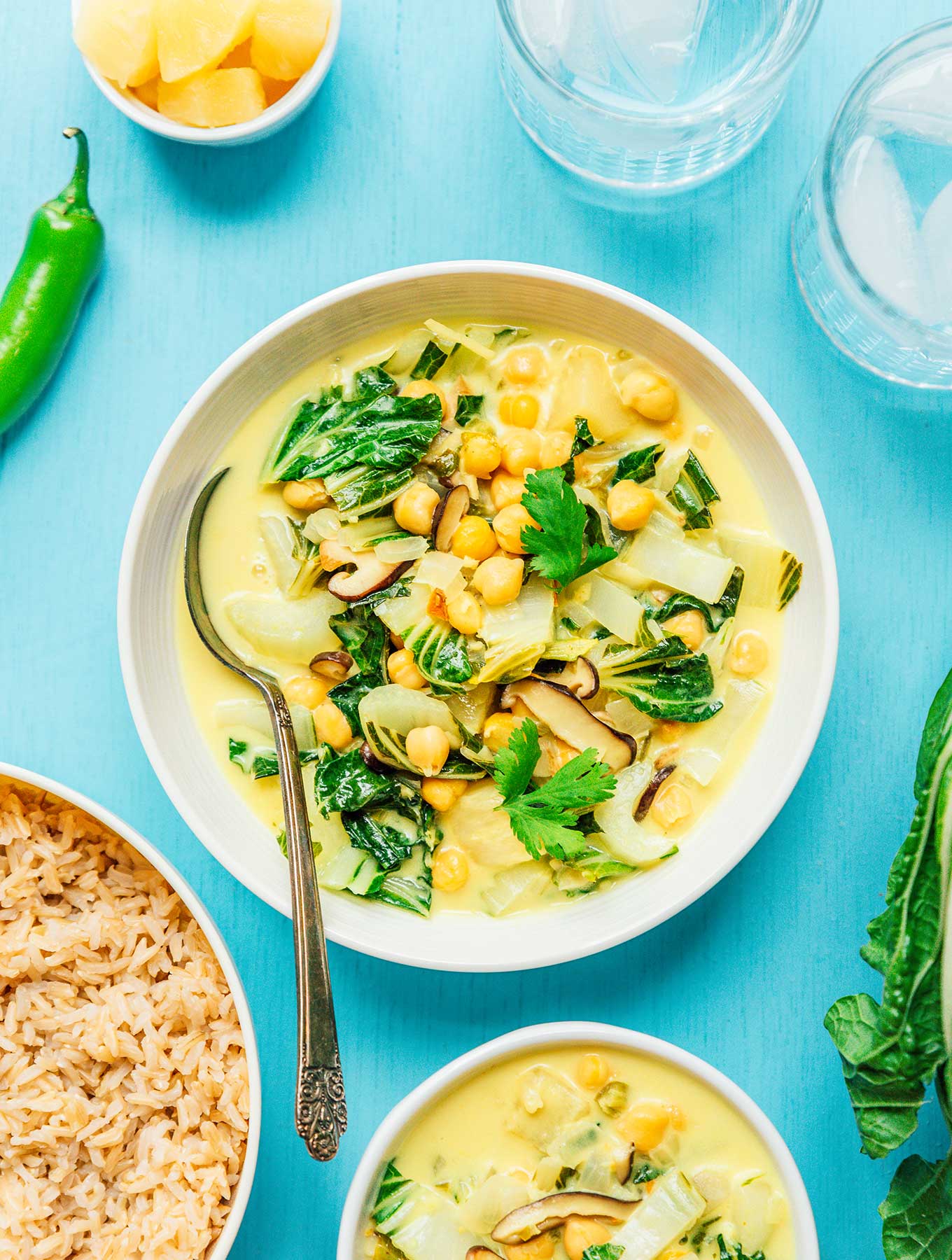Genuine Filipino Food Recipes to Try in the house
Discovering genuine Filipino food recipes provides a chance to appreciate the detailed tastes and social relevance behind each meal. Making use of fresh, neighborhood components is necessary, as is accepting communal eating-- a trademark of Filipino society.
Popular Filipino Cuisines
Filipino cuisine boasts an abundant tapestry of tastes and traditions, with over a loads famous meals that highlight the country's diverse cultural influences. Among one of the most widely known dishes is Adobo, a savory stew commonly made with chicken or pork, marinaded in vinegar, soy sauce, garlic, and seasonings. Its zesty flavor profile makes it a staple in Filipino homes.
An additional precious meal is Sinigang, a sour soup often made with tamarind, tomatoes, and various veggies. This recipe can include pork, shrimp, or fish, and its revitalizing taste is excellent for cozy climates. For those with a pleasant tooth, Leche Flan-- a velvety caramel custard-- offers as a popular treat, showcasing the Filipino fondness for rich, sweet tastes.
Kare-Kare, a passionate oxtail stew with a thick peanut sauce, along with the iconic lumpia, or springtime rolls, additionally exemplify the selection found in Filipino cuisine. Each recipe not just offers special tastes but additionally narrates of local active ingredients and historical impacts, making Filipino food a vivid reflection of its society and heritage.
Important Components for Filipino Food Preparation
The significance of Filipino cooking hinges on its vital components, which act as the structure for the nation's precious recipes. A range of flavors and textures integrated, showcasing the varied cultural influences that shape Filipino food.
Key ingredients consist of rice, the staple that comes with almost every meal, representing nourishment and community. Soy sauce, vinegar, and fish sauce (patis) are important for flavoring, imparting umami and deepness to meals. Fresh herbs like cilantro and basil include aromatic quality, while garlic, onion, and ginger offer a robust flavor base.
Protein resources such as pork, poultry, and fish and shellfish are main to many dishes, usually marinated to boost preference. Vegetables like eggplant, bitter melon, and green beans add vital nutrients and equilibrium - Filipino food recipes. Coconut milk is another significant active ingredient, lending creaminess and a subtle sweetness to various stews and desserts
Finally, calamansi, a citrus fruit, offers a refreshing flavor that raises dishes and beverages alike. Together, these active ingredients produce the lively and abundant tapestry of flavors that specify Filipino food, making it both reassuring and distinct. Recognizing these fundamentals is essential for anyone wanting to duplicate genuine Filipino dishes in the house.
Step-by-Step Dish Overview

Begin by preparing your ingredients. For Adobo, slice the meat into consistent items and season it in soy sauce, vinegar, garlic, and bay leaves for a minimum of thirty minutes. Next click here to find out more off, heat oil in a pan and sauté the garlic and onions up until fragrant, then include the marinated meat, enabling it to brown equally.
For Sinigang, start by boiling water in a pot and adding your selection of meat. As soon as tender, integrate tamarind paste or fresh tamarind for that trademark sour taste. Adhere to with veggies like radish and kangkong, cooking up until simply tender.

Tips for Authentic Taste
Frequently, accomplishing genuine taste in Filipino meals depends upon the careful selection and therapy of components. Start with fresh, high-grade produce, as the vibrancy of vegetables and herbs substantially improves the meal's overall preference. Staples like garlic, onions, and ginger develop the fragrant structure for many dishes; using them in appropriate percentages is important.
Picking the best healthy protein is similarly essential. Conventional adobo frequently uses chicken or pork, marinaded to absorb the marinate's complete flavor. Additionally, consider sourcing in your area created or regional components, as they can offer authenticity that store-bought options do not have.
Cooking techniques likewise play an essential function. Slow-cooking methods, such as braising or stewing, enable tastes to combine beautifully, while frying can add an enjoyable texture. Don't ignore seasoning; making use of salt, fish sauce, or soy sauce at the right minutes can boost a recipe significantly.
Serving and Taking Pleasure In Filipino Food
Culinary experiences are enriched when Filipino food is served with interest to practice and neighborhood. The method of sharing meals look these up is central to Filipino society, representing unity and hospitality. When serving Filipino recipes, consider utilizing traditional serveware, such as clay pots or bamboo baskets, which boost the credibility of the experience.
Commonly, Filipino dishes are appreciated family-style, with a variety of dishes put at the facility of the Related Site table. This common method encourages interaction and enables visitors to sample different tastes. A well-curated spread could consist of staples like adobo, sinigang, and lumpia, complemented by rice, which is an essential component of every meal.
Accompanying the food with traditional spices, such as soy sauce, vinegar, or chili paste, can boost the eating experience, inviting diners to customize their plates to their preferences. Furthermore, integrating local beverages, like calamansi juice or tuba, can improve the total taste profile.
Conclusion
